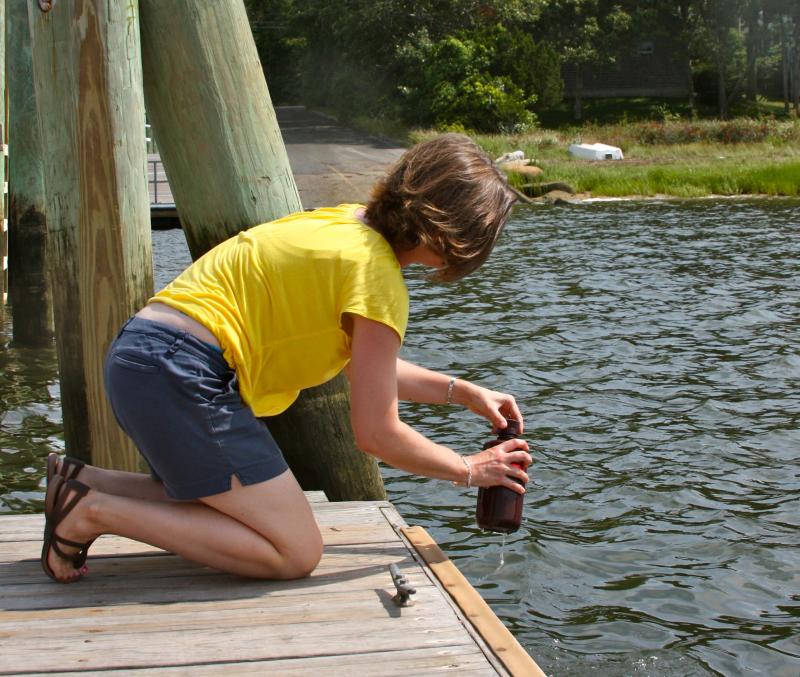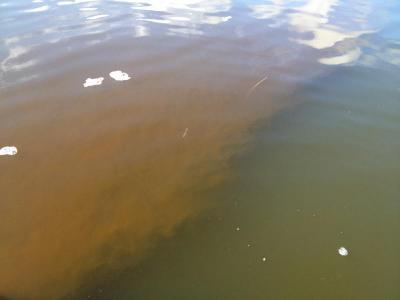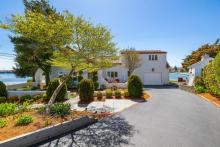'Rusty tide' spotted in Wareham waters
If you've been on the beach or out on the boat recently, you may have noticed a strange phenomenon: murky, reddish water along the shorelines.
Called "rusty tide," the build-up is caused by the growth of a harmful algae called cochlodinium. The algae particularly enjoys warm, shallow water, explained Rachel Jakuba, Buzzards Bay Coalition vice-president for advocacy.
Bay Watchers — volunteers who survey the water for the nonprofit Buzzards Bay Coalition — first noticed rusty tide in Marks Cove earlier this month.
The Coalition says it's a reminder of how high levels of nitrogen can affect the watershed.
"It's so rare to see visual effects of nitrogen pollution," said Jakuba said.
The problem with nitrogen is that it causes the growth of plant life — such as the "rusty tide" algae. That algae can build up in the gills of fish, suffocating them and causing massive fish kills.
"It blooms in such high density" that it draws down the oxygen, Jakuba explained, and marine life dies.
Though the blooms are concerning for the Coalition, Jakuba said that no ill effects have been noted as of yet.
"We haven't seen any evidence of a toxin being produced," said Jakuba.
But the Coalition and the Bay Watchers will be keeping an eye on the situation.
Nitrogen enters the watershed from failed septic systems, from fertilized lawns and cranberry bogs, and from the sewage treatment plant, to name a few sources.
Reducing nitrogen pollution was a primary goal of town officials when they launched Wareham's controversial, expensive expansion of its sewer system.
The Coalition, which works to protect and restore Buzzards Bay, stepped up its own campaign against nitrogen in Wareham earlier this year, placing "Stop Nitrogen" billboards in town that directed readers to a website that advocated for tougher standards for new and upgraded septic systems.
"It's easier to stem the tide" of a problem like nitrogen pollution, Jakuba warned, than to try to fix the problem once it gets out of hand.
The Marks Cove discovery of rusty tide was the first this year for all of Buzzards Bay, Jakuba said. The Coalition usually sees rusty tide in the northeastern part of the bay in the areas of Fairhaven and Falmouth, she added.
Jakuba took a water sample at Tempest Knob on August 10, where a recent bloom made it nearly impossible to see to the bottom of the water around the docks. The water is clearer now, but results indicate that the rusty tide organism remains, Jakuba confirmed.
Once it shows up in one area, the rusty tide algae tends to pop up around the bay. Blooms last for about a week.
















